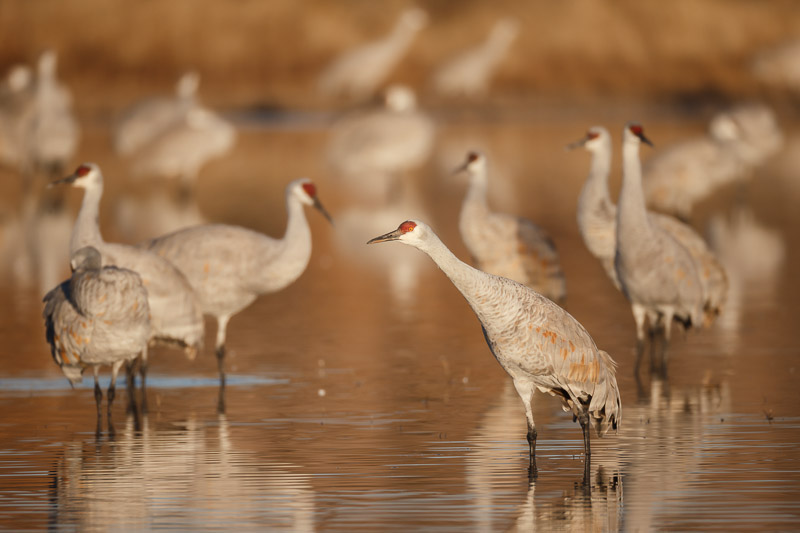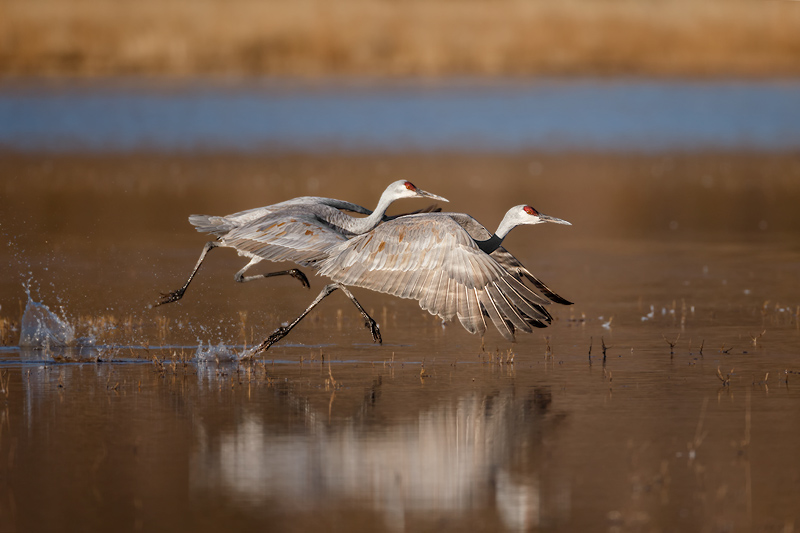27
Apr
Nature & Wildlife Photography: Shoot With a Purpose
- By Gaurav Mittal
- No Comments
Like most nature & photography enthusiasts, shooting birds in flight is my passion, a craft very close to my heart. When I first started bird photography, like most nature & wildlife photography newbies it was an instant reaction to shoot a bird flying by. My reaction would be, “Wow look at that bird in flight, I have to get that shot”, and then my trigger-happy finger would fire away the camera like a machine gun! A lot has changed since I started out, for one; I started to question the need for shots that all very much looked alike and second, what did I wanted my audience to learn from my images? Whether you are into bird photography or any type of nature & wildlife photography, one thing is certain; you need to shoot with a purpose. Your images should have an impact and tell a story. While this may sound simple enough, but without planning and proper execution, the purpose will remain oblivious and the story will be confusing. I decided to write this post and share my thoughts on what it takes to make story-telling images.
The Clutter
What you see in the image above represents a behavior that is key in anticipating the action of the Cranes. My reason for illustrating the image above is two folds, besides that it indicates the leaning Cranes is about to take flight, the image is extremely cluttered with a relatively busy background and foreground, the viewer is not sure what they are really looking for. A good photograph should immediately send a message to its audience, conveying the mood and drama. Your subject should be the focus and clearly be the object of your affection. Images taken on an impulse and without much thought will be boring and unattractive, a cluttered and a busy image deviates from conveying a message and also indicates the photographers lack of planning. In the competitive field of nature & wildlife photography that impulse often translates to loss of audience. Moreover, professional photographers and premier contests alike are looking for carefully designed images and have zero tolerance for the ordinary and the unplanned.
Location, Location, Location
You have heard this one before and yes; it’s critical to nature & wildlife photography, even more to bird photography. Knowing your location is just as important as knowing your subject, being in the right place at the right time requires that you research your destination and scout out the locations and look for areas with maximum activity. Once you have identified the locations you will be shooting at, you then need to spend a little time observing the scene in front of you and visualizing the kind of images you would like to create. It is this visualization process that will guide your next step in looking for the right spots and angles to shoot from.
As I arrived at the north crane pool in Bosque, I walked back and forth to find a location that would provide the elements I was looking to place in my images. This process served me well as the time spent looking got me to a location I felt would help me create meaningful images. So, once you find your location, stay putt! I also recommend that you not follow the crowd and end up being a part of a clutter of photographers. Look for unique perspectives and avoid being a part of the “usual suspects” of images.
Patience is a Virtue
When I arrived at my spot, I was looking at a pool filled with a large group of Cranes. Well, that’s great if you are there just as a tourist and admiring the sheer beauty of this place and the Cranes, for me that was not the part of my story telling. How do I get that nice background with those beautiful dancing and running cranes? Patience is the key, a mantra every bird photographer or anyone into wildlife photography knows well. In the above image, the clean and clutter free background just didn’t happen by chance. Watching the Cranes take off in small numbers every few moments meant that at some point the pool would have fewer Cranes, leaving me with a few to isolate and work into my images. Any serious bird photographer will acknowledge that waiting and watching is worth the reward at the end, this is where an amateur stands out from the pro. On various social media, I often see comments on images that suggest “it’s a waste of time” waiting for the action to happen. I personally feel that how you conduct your self in the field will directly result in the images you make. If you truly feel that waiting for the right moment even if it means for hours is a waste of time, then it is very likely that you will be running end to end frustrated, trying to make images that will not happen. Even as they spend time waiting, good photographers will be productive, often studying other wildlife and the surroundings and staying vigilant towards action that might happen suddenly.
Telling a Story
In my opening paragraph, I had mentioned about the importance of shooting with a purpose for all wildlife photography professionals. At the least, bird photography is an expensive hobby, requiring an investment into expensive camera bodies and long lenses. Such a commitment deems that you take your hobby even more seriously. Picking a topic to shoot is an important aspect in nature photography in general, it’s no different for bird photography. Creating a sequence of well-planned images helps the viewer to follow through your ideas and understand your point of view, in other words, it helps tell a story. If you are shooting birds in flight, then try to create unique images that show something about the bird’s behavior, it’s habitat or it’s flight pattern.
In Conclusion
All of the points discussed are elements that have to come together in order to create meaningful images which would excite and engage nature & wildlife photography lovers. The idea behind the images in this post was also to explore and document the fascinating and unique Sandhill Cranes that live in family groups. These vocal Cranes display behavior that is very unique to them, a behavior that enhances a sense of unity and harmony. This is what brings me back to Bosque every year, a sense of harmony I feel within watching these Cranes dance and fly in their serene surroundings. A sense captured in those moments recorded by the camera.







Submit a Comment